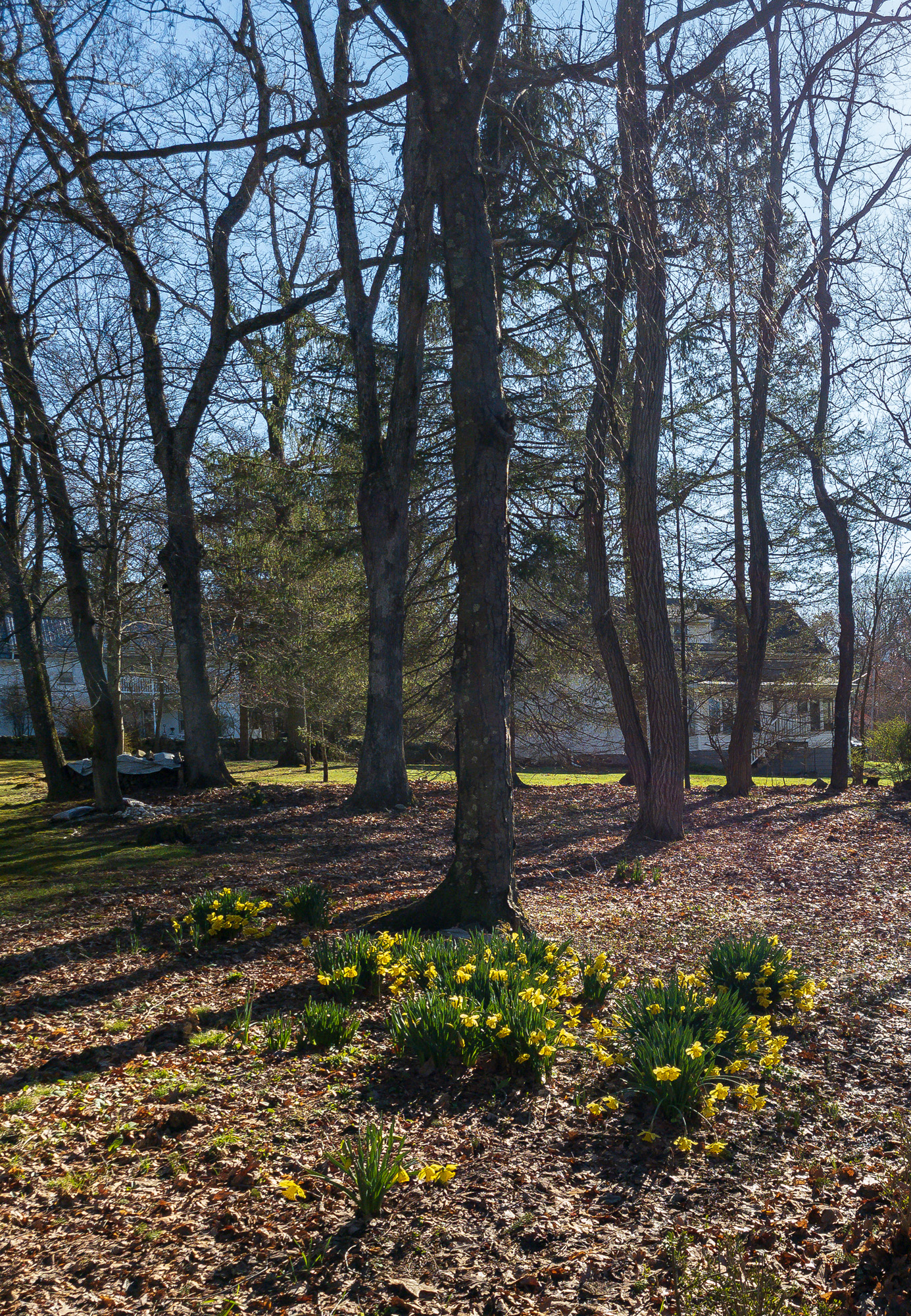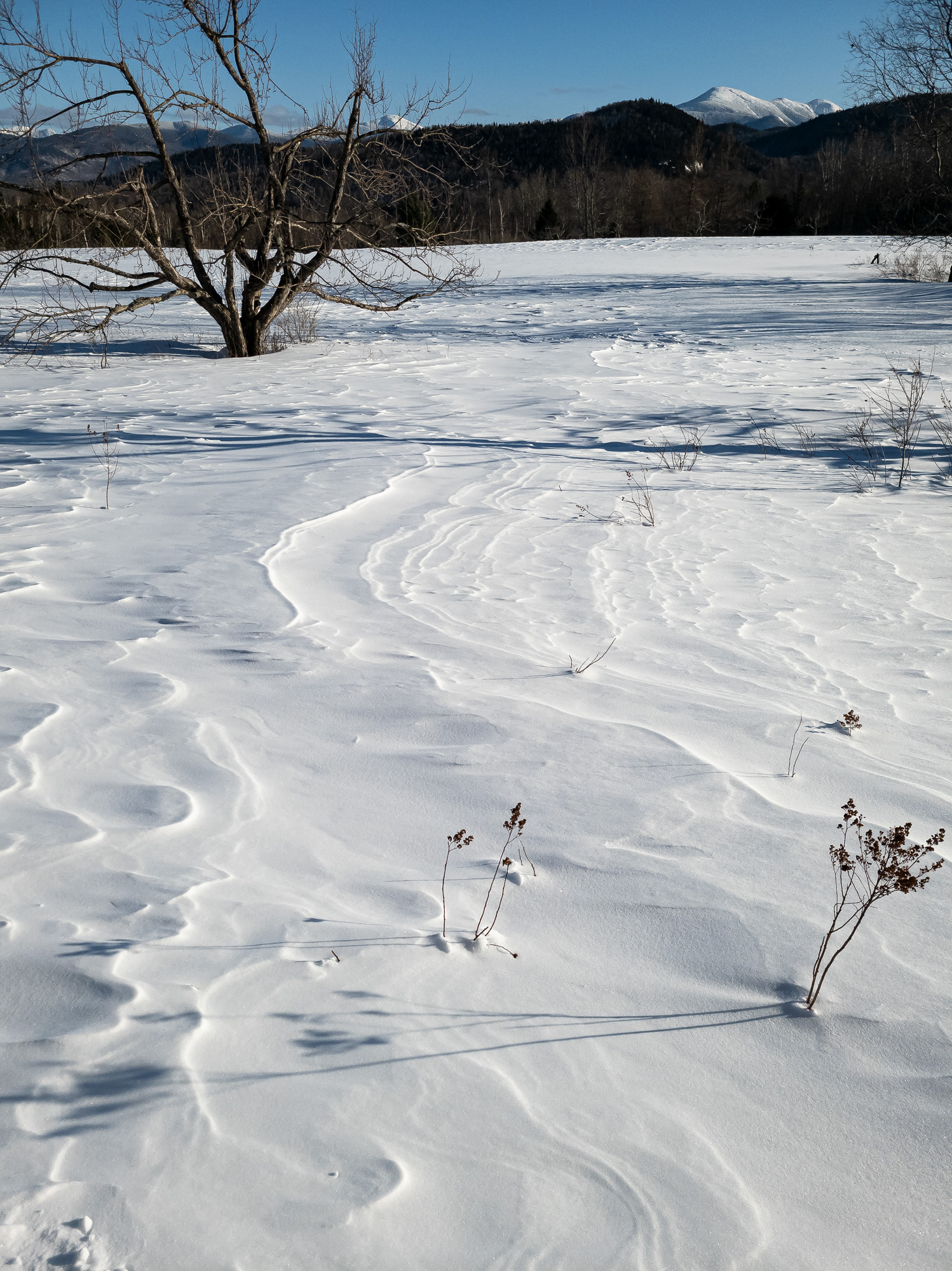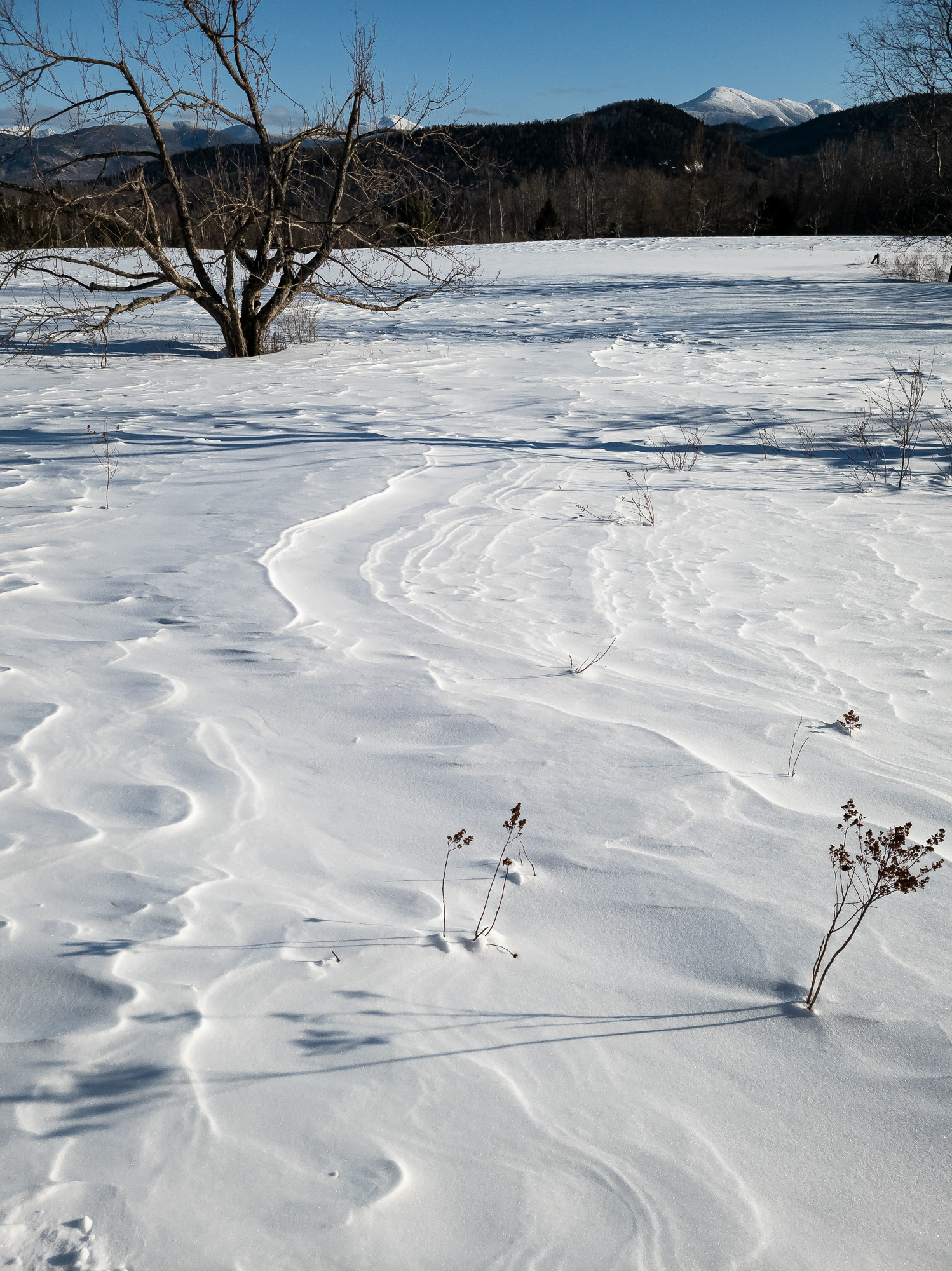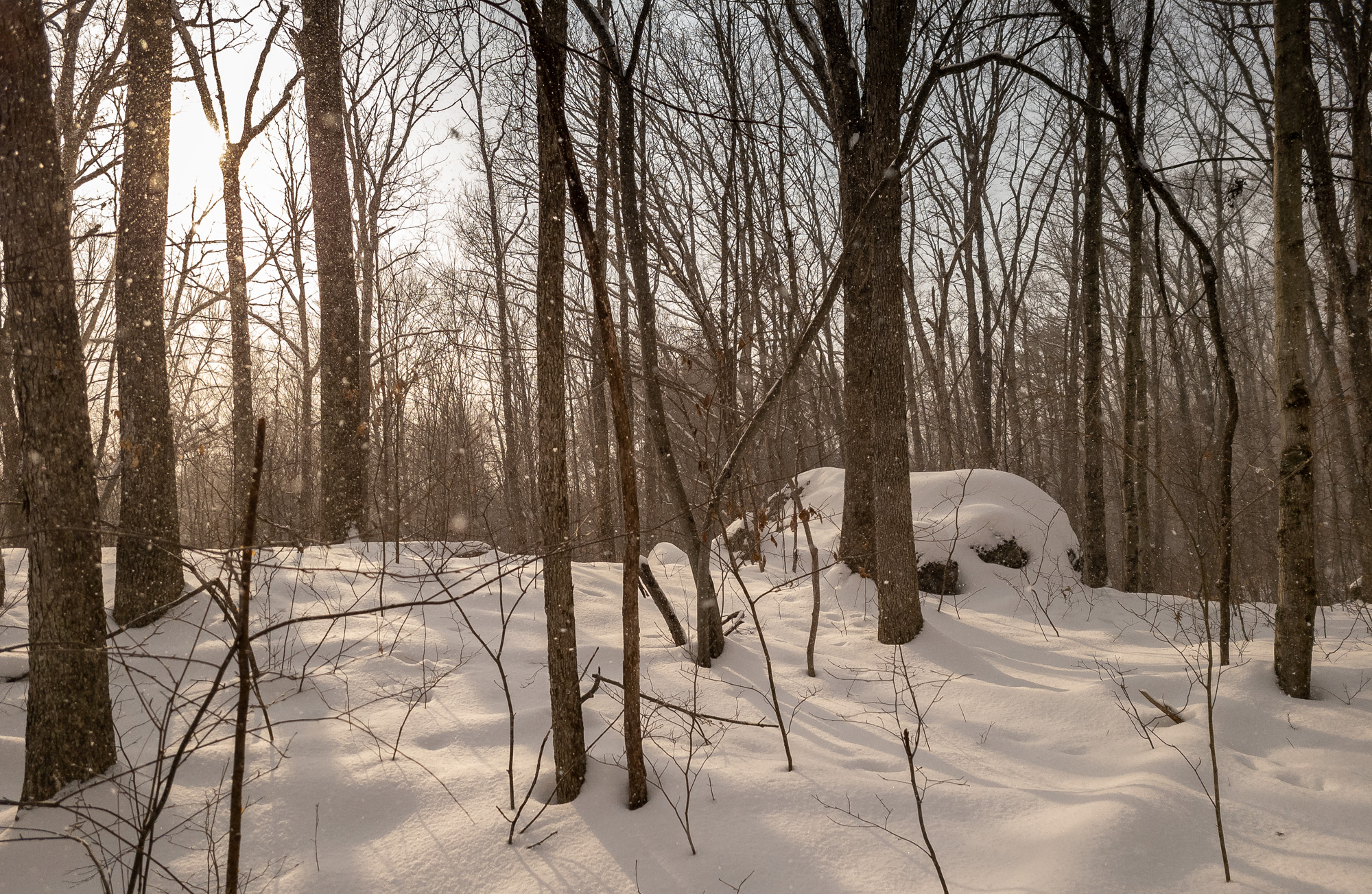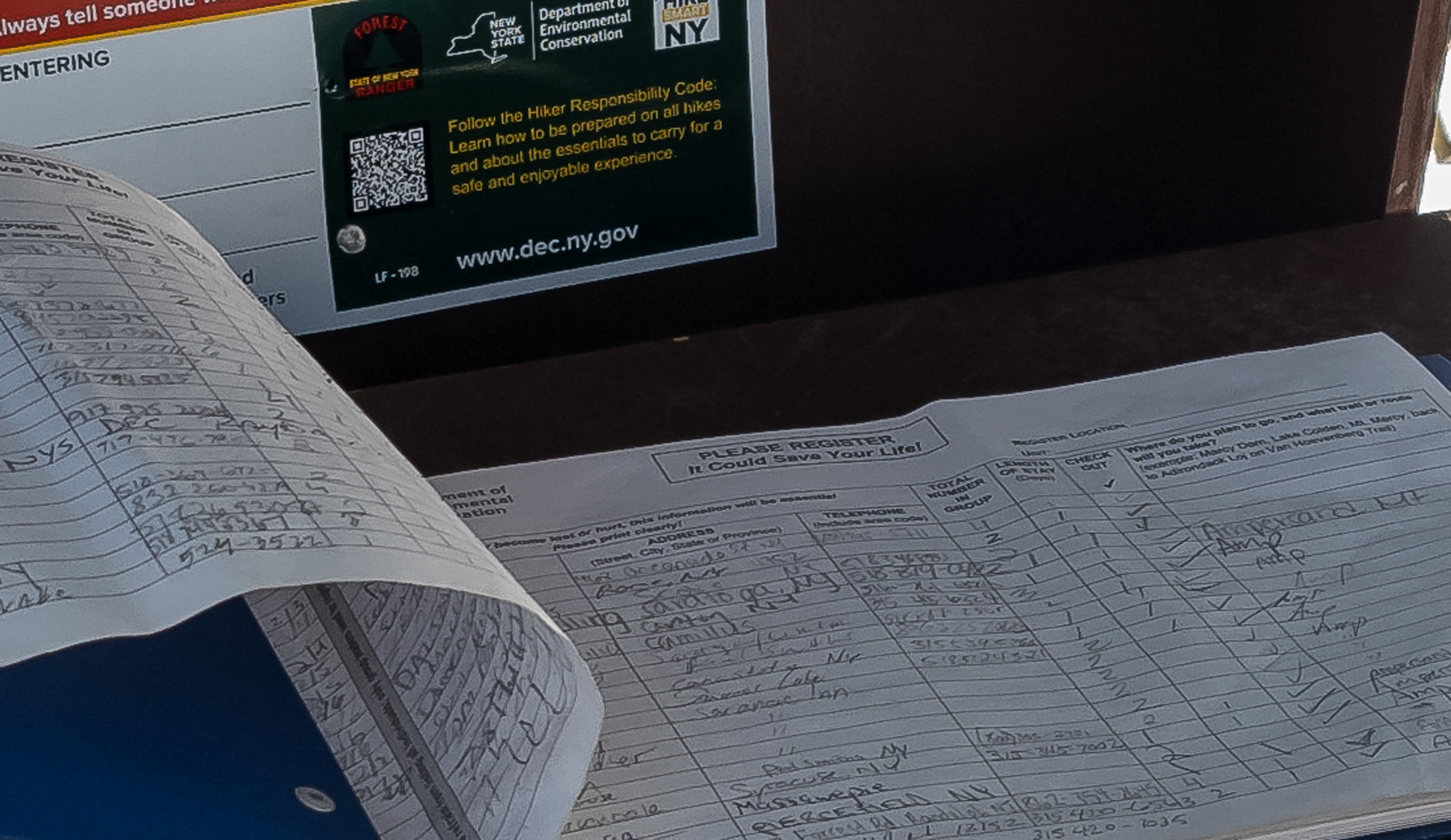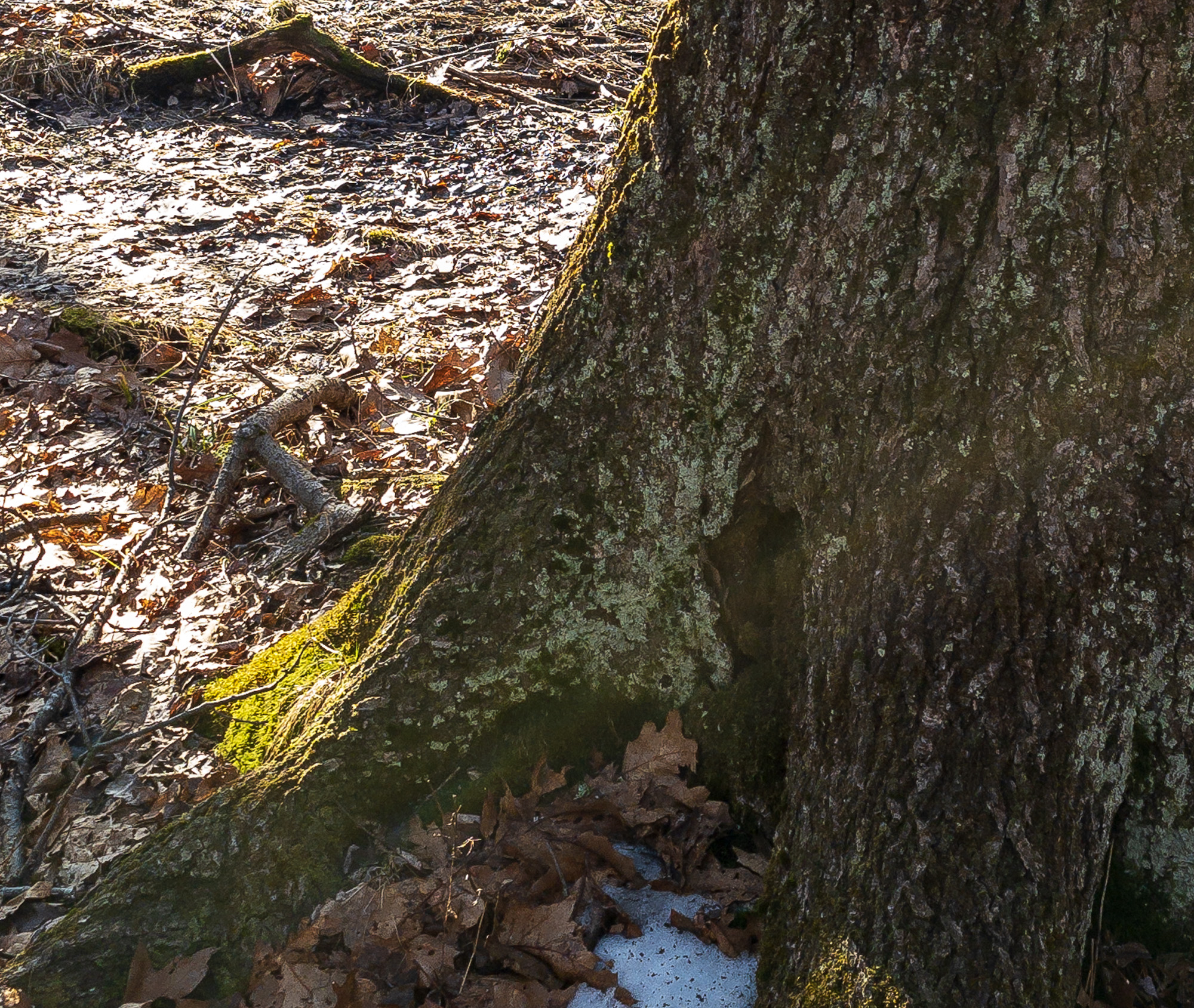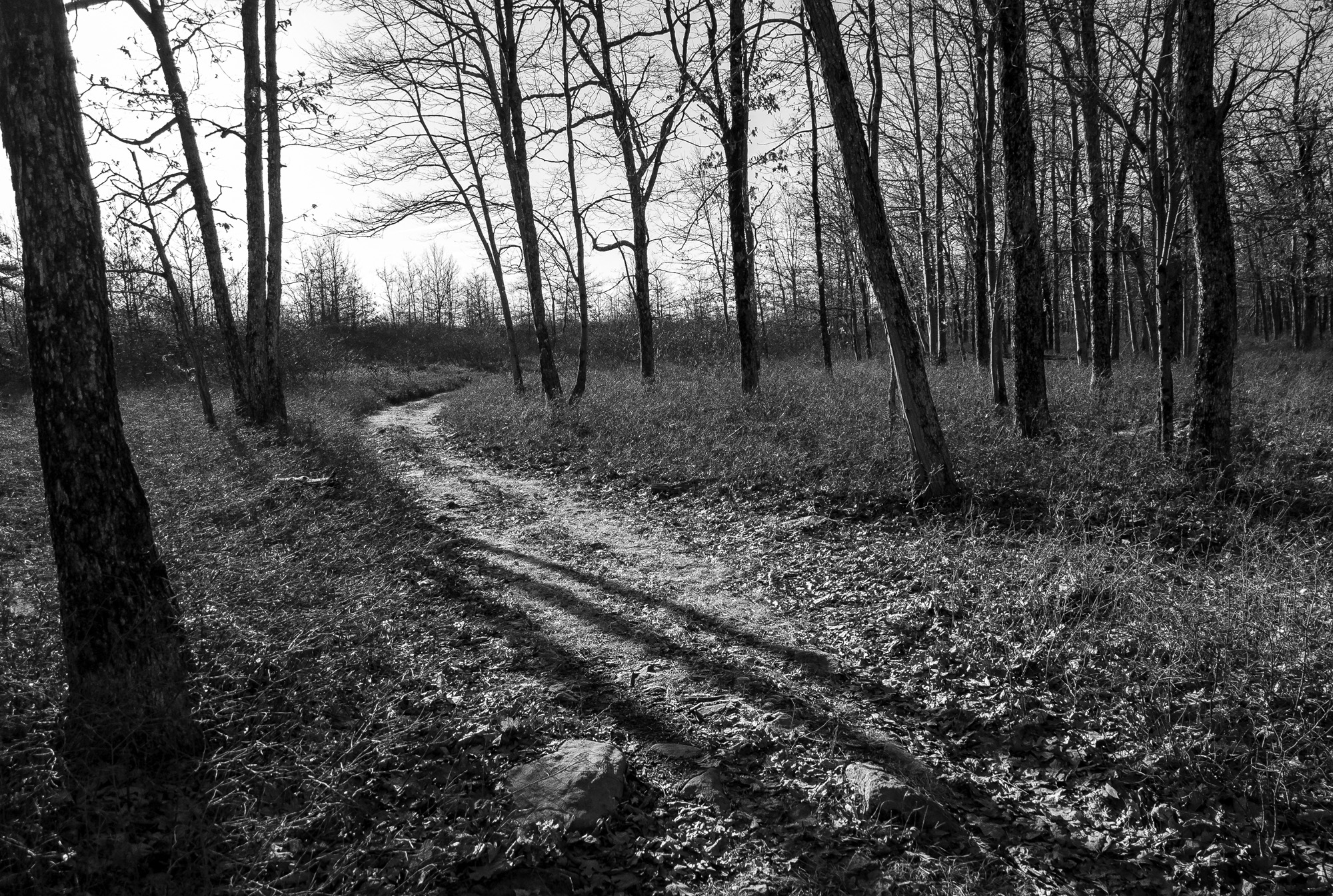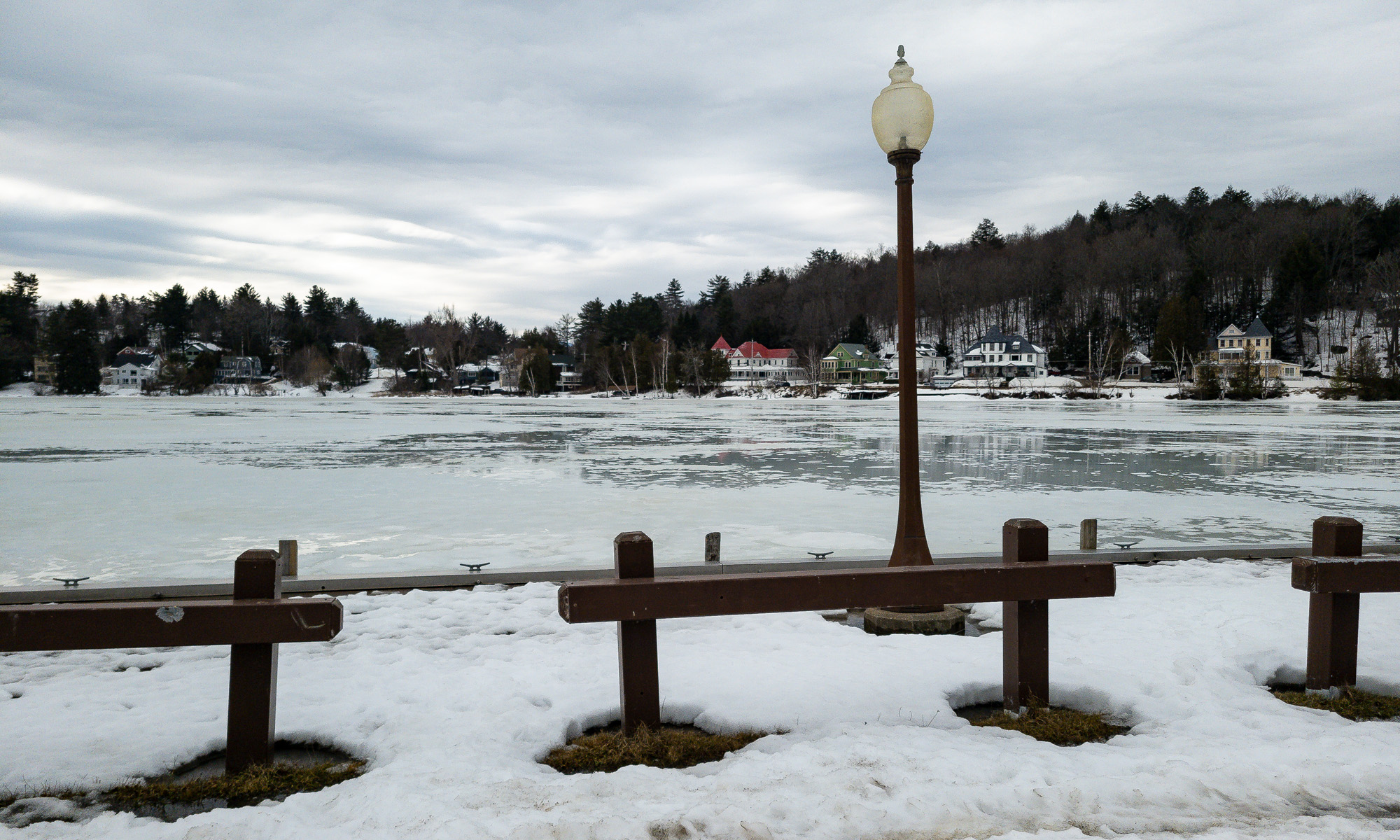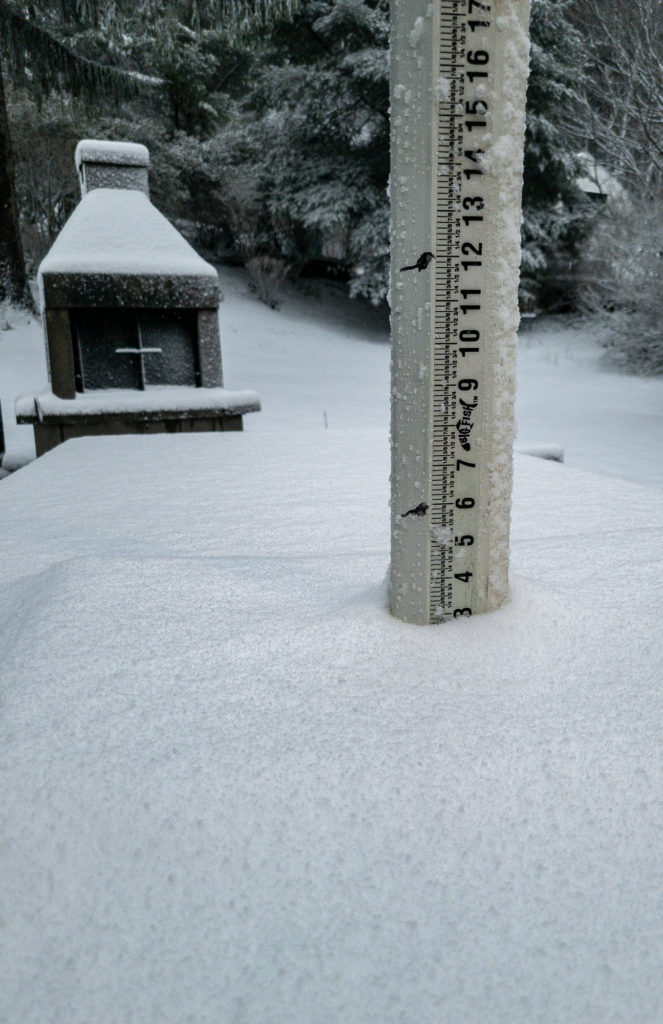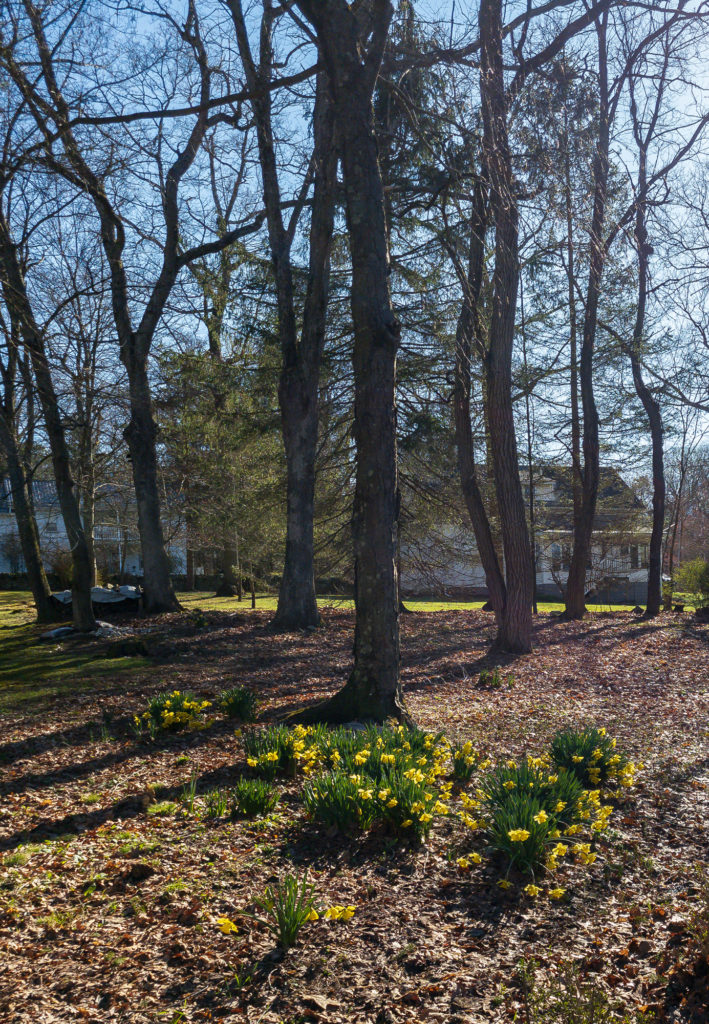
It is week 55 of curve-flattening Soviet-style regulation spawned and nurtured by our Governors. Despite our increasingly recovered and/or vaccinated population, there continues to be devotion to the illogical rituals that cannot protect us from an increasingly impotent pathogen. The anxiety goes on, prodded when necessary by our “betters” who continue to stoke terror among their vassals.
A flagrant example could be observed in the behavior of our new CDC director Dr. Rochelle Walensky. She comes to the job seemingly well-qualified, having been a former head of the infectious disease department at Massachusetts General Hospital. Credentials, however, can be misleading.
Her voice cracking, she spoke of her experiences worrying about the availability of ventilators and PPE’s, and horrified about the extra morgue set up at her hospital. She forgets to mention, that these issues never really germinated. Looking frightened she blubbered: “Right now I’m scared” alluding to the possibility of a fourth surge.
Unbelievably, she admitted this was just her feeling and not based on data. She urged the country to continue with current measures. “We’re so close now”. Wait a minute. If we are “so close”, then why the “impending doom”?
I have never heard more unprofessional statements from a director at this level. Her histrionic comments were grossly inappropriate, and I think disqualifying. Her words seemed to be an absolutely shameless attempt to reinforce fear within the populace.
At one time I thought I understood the rationale for this behavior. Provoking panic would help to destroy the Trump economy, leading to his replacement. Now, with the orange man gone, the motivation now would seem to be about control, and in some cases, profit.
A big part of this conversation was about Covid. He implied that they were deliberately hyping the situation because it was good for ratings.
He asserts that the powers that be at CNN are worried that there will be eventually “Covid fatigue” and that the fear will dissipate. When it does, they’re ready with their next “focused issue” which, they have decided will be “climate change”. This was specifically chosen as a fear generator because the CNN leadership feels it will have a longer lifespan than the current focus on the pandemic.
In essence, they will use the threat of “global warming” will be used to drive viewership.
They’re doing this, as he puts it, because “Fear sells”. All this from an editor at CNN “the most trusted name in news”.
Meanwhile, perusing the data for the individual states on the Time magazine website, it appears that throughout the country, even in former hotspots such as California, cases, and deaths have dropped precipitously.
Here in Pennsylvania, our numbers are down significantly from December and are oscillating week by week. In Texas, more than 3 weeks after the state opened up, their case numbers continue to fall.
My prediction is, that regardless of our control measures, we are likely to see the numbers in the northeast to be relatively stable until fall. People in the south, however, driven indoors by the heat are likely to see a summer surge, similar to last year. Hopefully, as we begin to approach some level of herd immunity, the morbidity and mortality numbers will be blunted.
I want to acknowledge our governor’s resonable decision to reopen the economy in the last week. Hopefully, the executive branch realizes the lack of linkage between the degree of restrictions, and the “case” numbers (positive PCR tests).
I’ve now encountered a paper in preprint (not yet peer-reviewed) from Harvard and MIT scientists. They have shown, in cell culture that mRNA in vaccines actually will incorporate into an exposed cell’s DNA. This could lead to a variety of problems including autoimmune disease and an over-aggressive immune response after future Sars Cov-2 exposure. Though I don’t think this scant data justifies abandoning the Pfizer and Moderna products, it certainly bears further investigation.
Now, the Johnson & Johnson vaccine has been put “on hold”. This due to some incidence of abnormal blood clotting, particularly in young women. These incidences involved clotting in the brain, and the legs, and involve a mechanism that means the traditional anticoagulants such as heparin can actually make things worse. Still, it’s a very small number of incidents in the large population of vaccinated patients. It’s important in this situation to tease out the women that are on birth control, particularly those that smoke, as they have an independent risk for clotting.
So what should we make of this? For myself, having been infected, I consider myself immunized and not currently seeking the vaccine. There is plenty of literature to support this position. If I were compelled to be vaccinated (which I would deeply resent) I would probably go with the J and J inoculation as I am not currently a young woman.
Meanwhile, it’s time to go out, have a few beverages and reconnect with friends. Maybe I’ll cook some barbeque.
Be careful… but have fun.
As always, I’d be honored if you’d share
Header Image : Random Daffidils (Samsung Galaxy S20)

